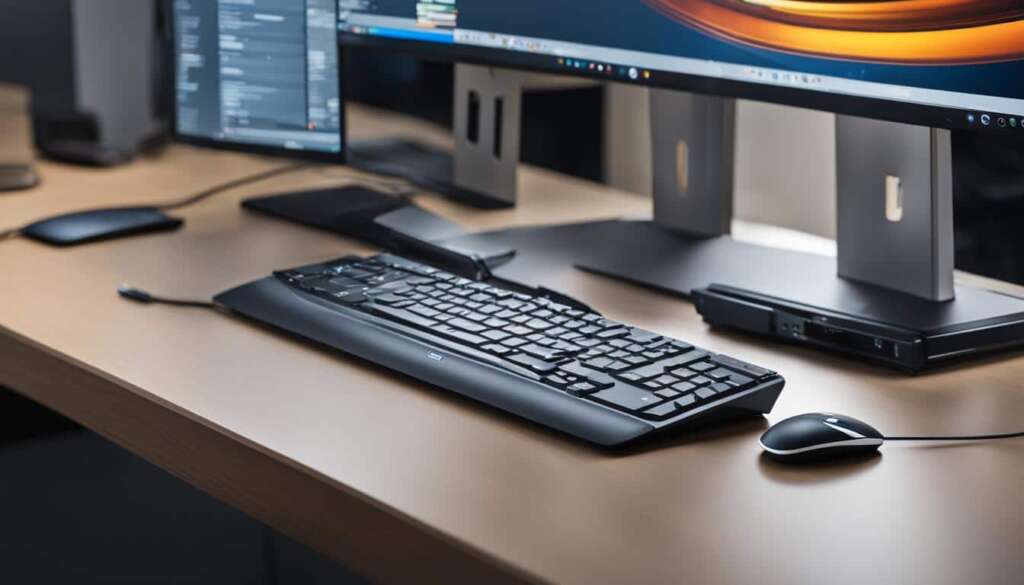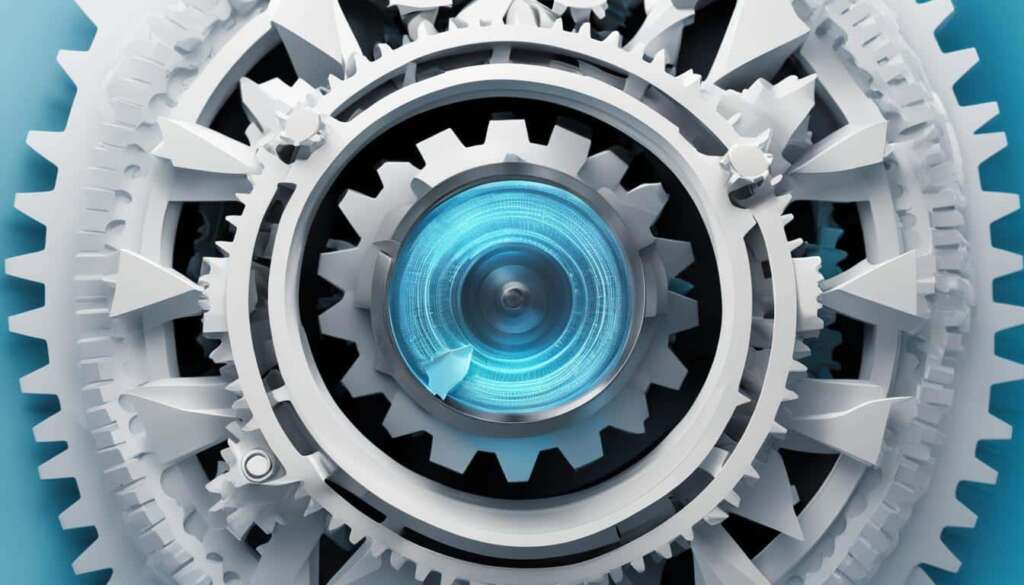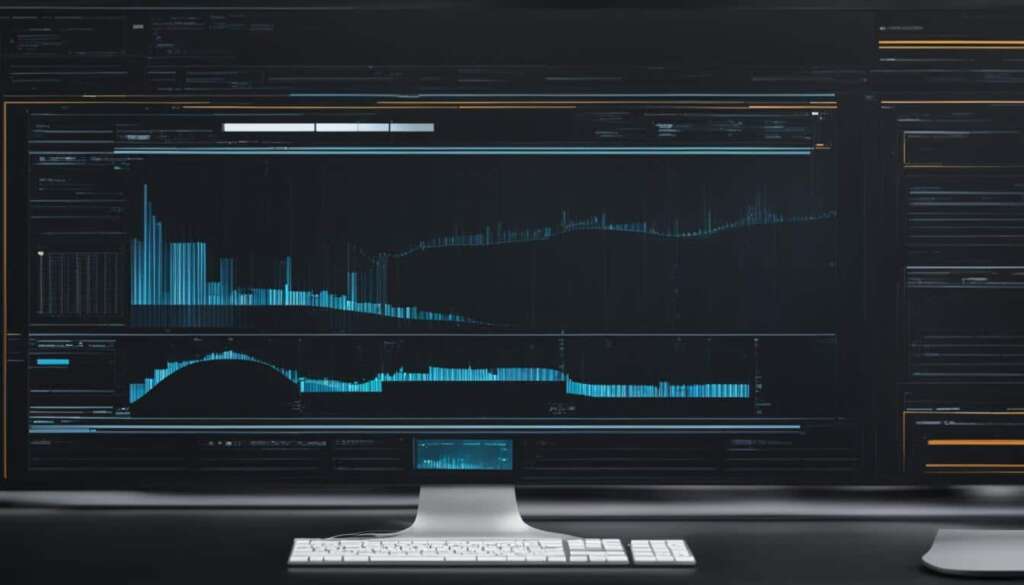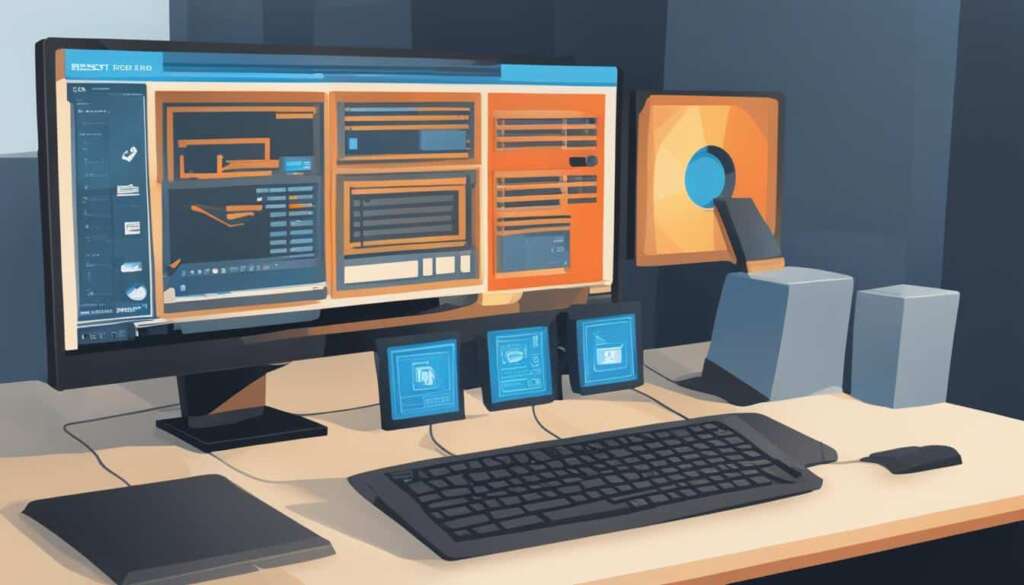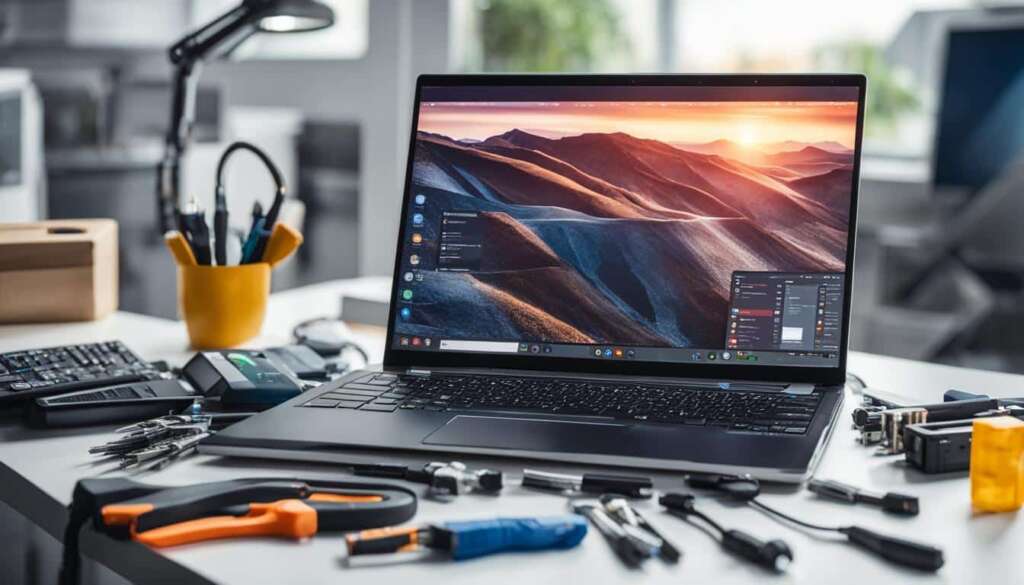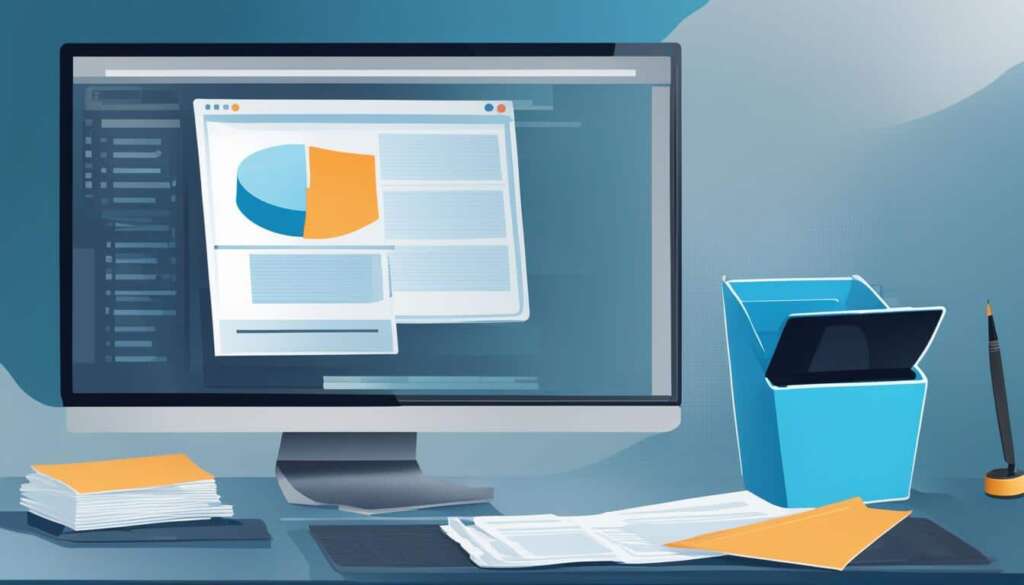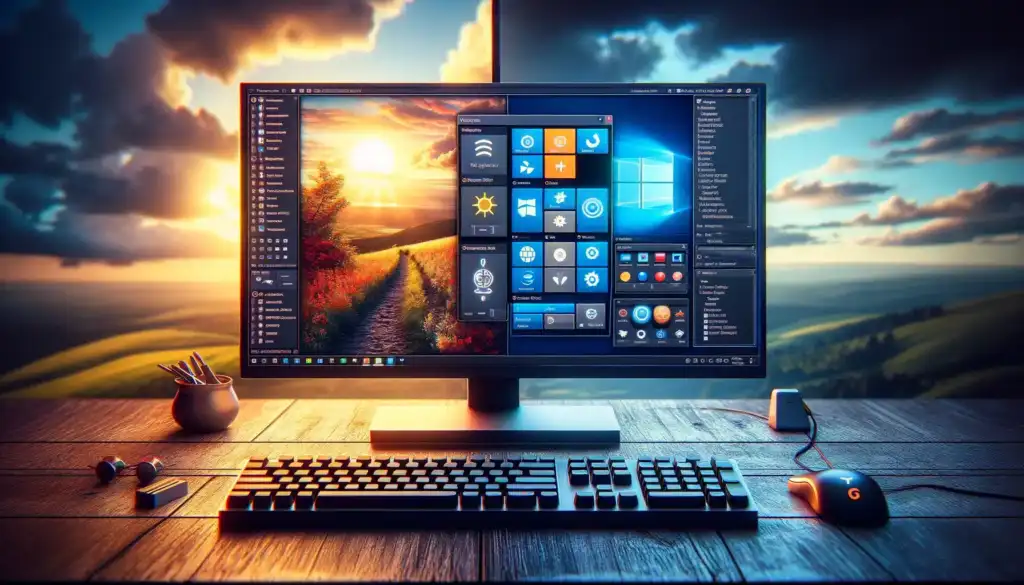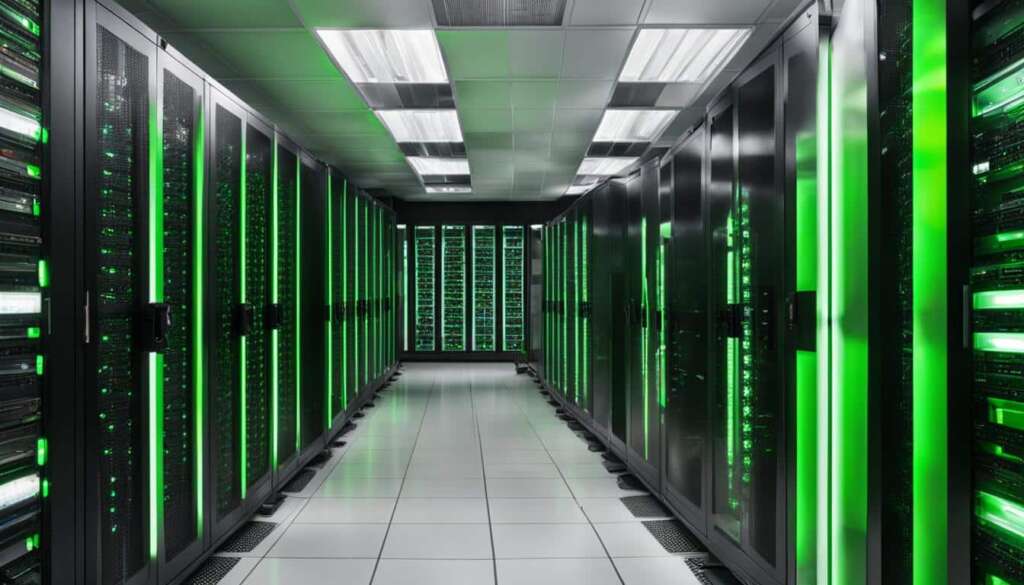Table of Contents
Are you looking to give your PC a fresh start? Factory resetting your computer can help resolve issues and restore it to its original settings. In this guide, we’ll walk you through the process of factory resetting a PC running Windows 10 or Windows 11.
To begin, let’s explore the steps for factory resetting a PC in Windows 10. Start by clicking on the Start menu and selecting the gear icon to open the Settings window. From there, navigate to Update & Security > Recovery, and then select Get started under Reset this PC.
In Windows 11, you can access the reset options through either Settings > System > Recovery or Settings > Windows Updates > Advanced options > Recovery. Once you’re there, click on Reset PC next to the Reset this PC option.
During the factory reset process, you’ll have the option to keep your files and remove only downloaded apps and settings, or remove everything and wipe the drive clean, including personal files. Additionally, you can choose between reinstalling Windows from local storage or through a cloud download.
Key Takeaways:
- Factory resetting a PC can resolve issues and restore it to its original settings.
- To factory reset a PC in Windows 10, navigate to Settings > Update & Security > Recovery and select Get started under Reset this PC.
- In Windows 11, the reset options can be found in Settings > System > Recovery or Settings > Windows Updates > Advanced options > Recovery.
- During the reset process, you can choose to keep your files and remove apps and settings, or remove everything and wipe the drive clean.
- You can reinstall Windows from local storage or through a cloud download.
How to Reset a Computer to Factory Settings
To reset a computer and restore it to its factory settings, you can take advantage of the built-in reset functionality in Windows. By accessing the Settings menu and navigating to the Recovery options, you can choose to reset your PC. This process will remove all installed applications and customized settings, bringing your computer back to its original state. It’s important to note that resetting your PC will also delete all personal files, so it’s crucial to back up your data beforehand.
Once you’ve backed up your files, you can proceed with the reset process. This will remove any apps you’ve installed and revert any settings you’ve customized, providing a clean slate. After the reset is complete, you will need to reinstall your applications and reconfigure any settings that were previously customized. It’s a good idea to make a list of the applications you use regularly so you can easily reinstall them.
Remember to also consider the appropriate method for reinstalling Windows after the reset. You can choose between a local reinstall, where you install Windows from a local storage device like a USB stick, or a cloud download, which pulls the files directly from Microsoft’s servers. The local reinstall option offers more control over the installation process, while the cloud download option provides a faster and more convenient alternative.
Steps to Reset a Computer to Factory Settings:
- Back up your personal files.
- Open the Settings menu and navigate to the Recovery options.
- Select the “Reset this PC” option.
- Choose whether to keep your files or remove everything.
- Select the appropriate method to reinstall Windows: local or cloud download.
- Follow the on-screen instructions to complete the reset process.
How to Factory Restore a PC
Factory restoring a PC involves resetting it to its original state as if it just came out of the factory. This can be done through the reset options in the Windows Settings menu. You can choose to keep your files and remove only downloaded apps and settings, or remove everything and wipe the drive clean. It’s important to note that factory restoring a PC will remove all installed applications and customized settings, so it’s recommended to back up your files before proceeding. After the restore is complete, you will need to reinstall any necessary apps and reconfigure settings.
Factory Restore Options
When factory restoring a PC, you have the option to choose between two restore options: keeping your files or removing everything. If you choose to keep your files, the reset will remove only downloaded apps and settings while preserving your personal files. This option is useful when you want a fresh start without losing important documents, photos, or videos. However, if you want a completely clean slate, you can select the option to remove everything. This will wipe the drive clean and remove all installed applications, settings, and personal files.
Backup Your Files First
Before proceeding with a factory restore, it’s crucial to back up your important files. This ensures that you don’t lose any valuable data during the reset process. You can use an external hard drive, USB flash drive, or cloud storage service to create a backup of your files. Remember to include documents, photos, videos, music, and any other files that you want to keep. Once you have a backup of your files, you can proceed with the factory restore without the risk of losing your important data.
| Restore Option | Description |
|---|---|
| Keep your files | Removes downloaded apps and settings while preserving personal files |
| Remove everything | Wipes the drive clean, removing all installed applications, settings, and personal files |
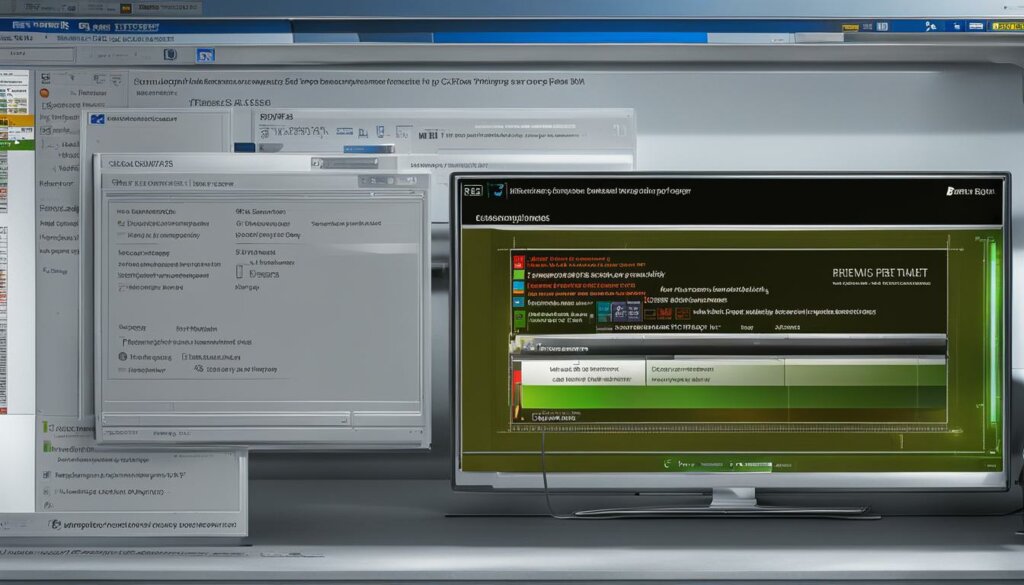
After completing the factory restore, you will need to reinstall any necessary apps and reconfigure your settings. It’s a good idea to make a list of the applications you had installed and any customized settings you had in order to streamline the process. Additionally, ensure that you have all the necessary installation files and license keys for the applications you want to reinstall. Taking these steps will help you smoothly transition your PC to its factory settings and ensure that you have everything you need to get back up and running.
How to Wipe a PC Clean
If you want to completely wipe a PC clean, including all files and personal data, you can choose the “Remove everything” option during the reset process. This option will erase all installed applications, settings, and personal files. It’s important to note that simply deleting files is not enough to ensure they cannot be recovered. If you want to securely erase your data, you can enable the “Clean data” option, which overwrites the data and makes it more difficult to recover. This process may take longer, but it provides a higher level of security.
To wipe a PC clean, follow these steps:
- Open the Settings menu by clicking on the Start menu and selecting the gear icon.
- Go to the Update & Security section.
- Select the Recovery option.
- Click on the “Get started” button under the “Reset this PC” section.
- Choose the “Remove everything” option.
- If you want to ensure your data is securely erased, enable the “Clean data” option.
- Follow the on-screen instructions to complete the reset process.
By following these steps, you can effectively wipe a PC clean and ensure that all personal data is permanently removed.
Table: Comparing Data Overwriting Methods
| Method | Speed | Security Level |
|---|---|---|
| “Remove everything” option | Fast | Medium |
| “Clean data” option | Slower | High |
| Simple file deletion | Fastest | Low |
Reinstalling Windows: Local vs Cloud Download
When it comes to reinstalling Windows after a factory reset, you have two options: local reinstall or cloud download. Each method has its own benefits and considerations, so it’s important to understand the differences before making a choice.
The Local Reinstall Option
If you choose the local reinstall option, you will need to have a copy of the Windows installation files stored locally, such as on a USB stick. This method requires you to manually select the installation source and follow the step-by-step instructions provided. The local reinstall option gives you more control over the installation process, allowing you to customize settings and options to meet your specific needs.
The Cloud Download Option
On the other hand, the cloud download option allows you to download the Windows installation files directly from Microsoft’s servers. This method eliminates the need for a physical installation source and provides a more streamlined and convenient process. However, it does require a stable internet connection and at least 4GB of available storage space. The cloud download option is faster and more reliable compared to the local reinstall, but it may not offer the same level of customization.
Ultimately, the choice between local reinstall and cloud download depends on your preferences and available resources. If you prefer more control and customization, the local reinstall option is ideal. However, if convenience and speed are your priorities, the cloud download option is the way to go. Consider your specific needs and make an informed decision to ensure a smooth and successful reinstallation of Windows.

Note: The image is for illustrative purposes only and may not depict the exact process of reinstalling Windows.
Conclusion
Factory resetting a PC can be a useful troubleshooting step or a necessary action when getting rid of a computer. It allows you to restore the PC to its original settings and remove any personal files and installed applications. Before performing a reset, it’s important to back up your files and understand the consequences.
You can choose to keep your files and remove only downloaded apps and settings, or remove everything and wipe the drive clean. After the reset, you will need to reinstall any necessary apps and reconfigure settings. Remember to choose the appropriate reinstall option, either local or cloud download, based on your preferences and available storage space.
FAQ
How do I factory reset a PC running Windows 10 or Windows 11?
In Windows 10, click the Start menu and select the gear icon to open the Settings window. Under Settings, click Update & Security > Recovery, then select Get started under Reset this PC. In Windows 11, you can open Settings > System > Recovery or Settings > Windows Updates > Advanced options > Recovery. Either way, click Reset PC next to the Reset this PC option. You can choose to keep your files and only remove downloaded apps and settings, or remove everything and wipe the drive clean, including personal files. You can also choose how to reinstall Windows, either from local storage or through a cloud download.
How do I reset a computer to factory settings?
To reset a computer, you can use the built-in reset functionality in Windows. By going to the Settings menu, you can access the Recovery options and choose to reset your PC. This will remove all installed applications and customized settings, returning the computer to its factory settings. It’s important to back up your files before performing a reset, as all personal files will be deleted. After the reset is complete, you will need to reinstall your apps and reconfigure any settings that were previously customized.
What does factory restoring a PC involve?
Factory restoring a PC involves resetting it to its original state as if it just came out of the factory. This can be done through the reset options in the Windows Settings menu. You can choose to keep your files and remove only downloaded apps and settings, or remove everything and wipe the drive clean. It’s important to note that factory restoring a PC will remove all installed applications and customized settings, so it’s recommended to back up your files before proceeding. After the restore is complete, you will need to reinstall any necessary apps and reconfigure settings.
How do I wipe a PC clean?
If you want to completely wipe a PC clean, including all files and personal data, you can choose the “Remove everything” option during the reset process. This option will erase all installed applications, settings, and personal files. It’s important to note that simply deleting files is not enough to ensure they cannot be recovered. If you want to securely erase your data, you can enable the “Clean data” option, which overwrites the data and makes it more difficult to recover. This process may take longer, but it provides a higher level of security.
How do I reinstall Windows: local vs cloud download?
When resetting a PC and choosing to reinstall Windows, you have the option to do a local reinstall or a cloud download. With a local reinstall, you will install Windows from local storage such as a USB stick. This method requires more manual involvement but gives you more control over the installation process. On the other hand, a cloud download allows you to pull files directly from Microsoft’s servers, providing a faster and more reliable alternative. This method requires over 4GB of available storage space, but it simplifies the installation process.

